The quest for brighter, more even-toned skin has led to a vast market of skin whitening creams. With so many options available, finding the best skin whitening cream can feel overwhelming. This guide aims to simplify the process, providing insights into what to look for, how these creams work, and a curated list of top picks. By understanding the key ingredients, potential benefits, and important considerations, you can make an informed decision and achieve your desired results. Remember, the best choice depends on your skin type, concerns, and expectations. Always prioritize safety and consult with a dermatologist before starting any new skincare regimen.
What to Consider When Choosing Skin Whitening Creams
Before diving into specific products, it’s essential to understand the factors that influence your choice. Consider your skin type (oily, dry, combination, sensitive), the specific skin concerns you want to address (dark spots, uneven tone, hyperpigmentation), and your budget. Not all skin whitening creams are created equal. Some are designed for overall brightening, while others target specific issues like age spots or melasma. Reading reviews, researching ingredients, and understanding potential side effects are critical steps in finding the right product for you. Be realistic about your expectations. Skin whitening is a gradual process, and results vary depending on the individual and the product used.
Ingredients to Look For
The effectiveness of a skin whitening cream largely depends on its active ingredients. These components work together to reduce melanin production or promote the shedding of pigmented cells. Certain ingredients have a strong scientific backing and have been proven effective in clinical studies. Paying close attention to the ingredient list is crucial to understanding how a cream functions. Several key components stand out as particularly beneficial.
Hydroquinone
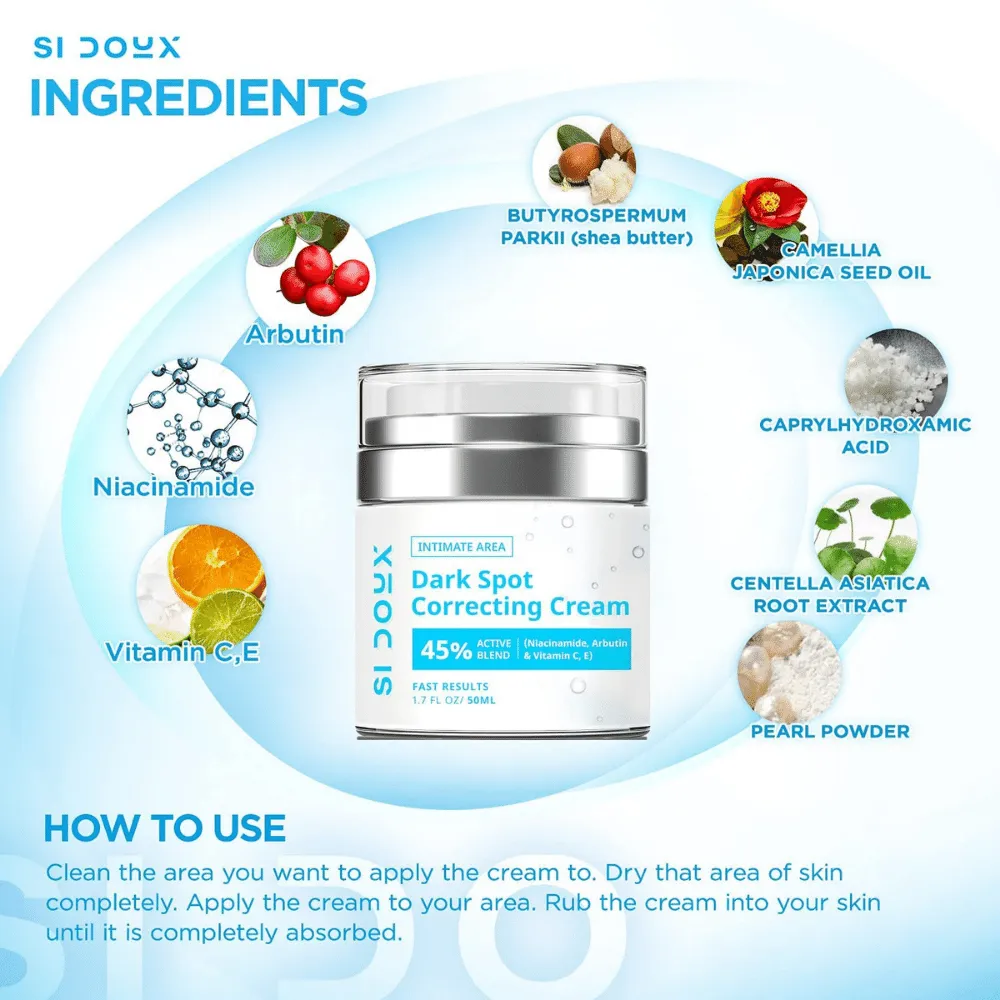
Hydroquinone is a potent skin-lightening agent that works by inhibiting tyrosinase, an enzyme necessary for melanin production. It’s often considered the gold standard in skin whitening and is typically available by prescription in higher concentrations. Hydroquinone can effectively reduce dark spots, hyperpigmentation, and melasma. However, it can also cause side effects such as skin irritation, redness, and, in rare cases, ochronosis (a darkening of the skin). The use of hydroquinone is often limited to a specific timeframe, and it’s crucial to use it under the guidance of a dermatologist.
Retinoids
Retinoids, derived from vitamin A, are another key ingredient. They accelerate cell turnover, helping to shed pigmented skin cells and promote the growth of new, lighter skin cells. Retinoids, such as tretinoin and retinol, are often effective in treating various skin concerns, including acne and hyperpigmentation. They can also improve skin texture and reduce the appearance of fine lines and wrinkles. Common side effects include dryness, redness, and sensitivity to sunlight. Therefore, it’s essential to use retinoids with caution and incorporate them gradually into your skincare routine, along with a broad-spectrum sunscreen.
Vitamin C
Vitamin C, a powerful antioxidant, offers multiple benefits for skin whitening. It inhibits melanin production and protects the skin from damage caused by free radicals. Vitamin C can help brighten the skin, reduce dark spots, and promote collagen production. It comes in different forms, such as L-ascorbic acid, which is the most potent but also the most unstable. Vitamin C serums and creams are popular choices for their brightening properties. However, it’s important to store Vitamin C products properly, as they can degrade over time. Look for formulations that are stable and packaged in airtight containers.
Other Effective Ingredients
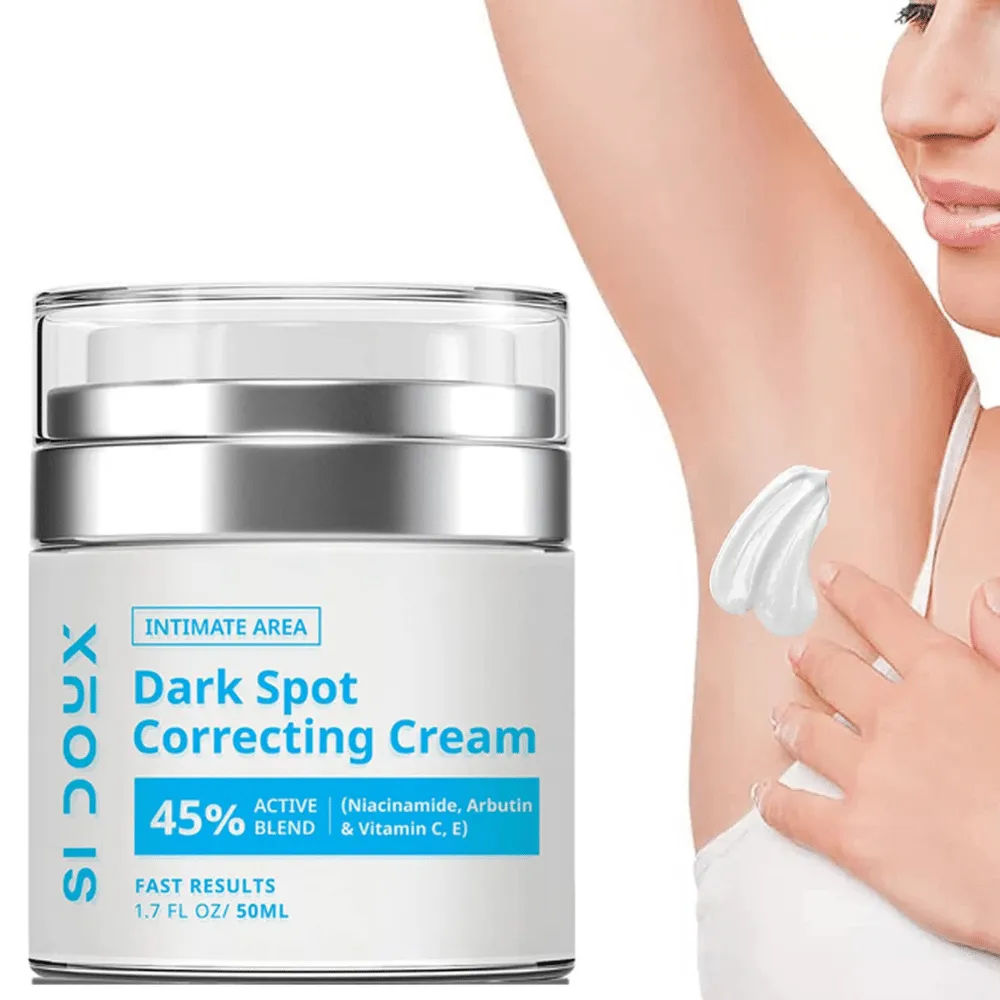
Other ingredients worth considering include kojic acid (a natural byproduct of fermentation), azelaic acid (which has anti-inflammatory and antioxidant properties), niacinamide (a form of vitamin B3 that can reduce hyperpigmentation), and arbutin (a natural compound derived from the bearberry plant). These ingredients often work synergistically with each other and other whitening agents to produce enhanced results. Each of these ingredients works differently to target pigmentation and improve skin tone, and the best choice often depends on the individual’s specific skin concerns and the type of hyperpigmentation they have.
How Skin Whitening Creams Work
Understanding how skin whitening creams work helps you choose the most effective products. These creams primarily target the process of melanin production in the skin. Melanin is the pigment responsible for skin and hair color, and its overproduction can lead to dark spots, uneven skin tone, and hyperpigmentation. The primary goal of these creams is to either reduce melanin production or to promote the shedding of the pigmented cells. Many factors, including sun exposure, genetics, and hormones, influence the production of melanin.
The Science Behind Whitening
The science behind skin whitening is rooted in the understanding of melanocytes, the cells that produce melanin. Enzymes, particularly tyrosinase, play a crucial role in this process. Skin whitening creams often use active ingredients that inhibit tyrosinase or interfere with the synthesis of melanin. Another important aspect of skin whitening is the turnover of skin cells. Ingredients like retinoids and chemical exfoliants accelerate cell turnover, helping to remove the pigmented cells from the skin’s surface and reveal lighter, newer skin. The effectiveness of these creams depends on the active ingredient, its concentration, and the frequency of use.
Melanin Production
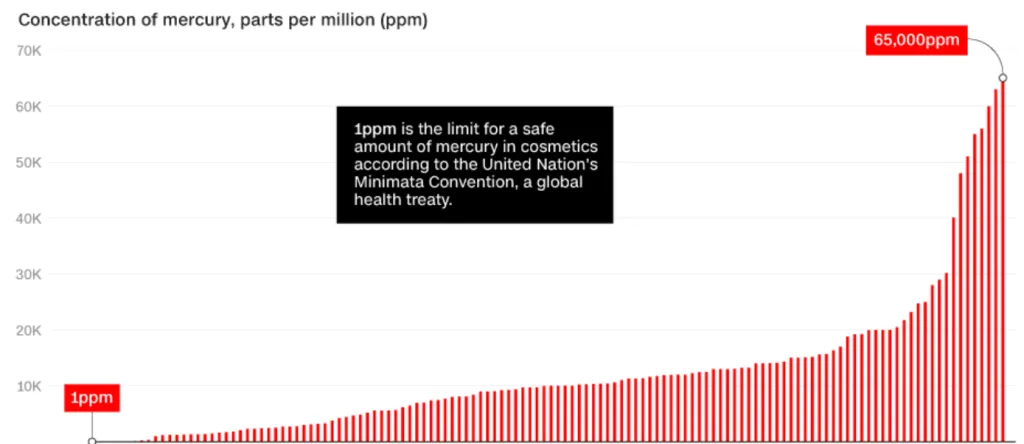
Melanin production is a complex process influenced by various factors. When the skin is exposed to sunlight, melanocytes produce more melanin to protect the skin from UV radiation. This process can also be triggered by hormonal changes, inflammation, and genetics. Certain skin conditions, such as melasma, lead to an overproduction of melanin in specific areas of the skin, causing dark patches. Skin whitening creams aim to interrupt this process at various stages, whether by reducing the activity of tyrosinase, blocking the transfer of melanin to skin cells, or speeding up the turnover of pigmented cells. Achieving an even skin tone requires a multifaceted approach, including sun protection, the use of active ingredients, and a consistent skincare routine.
How Creams Reduce Melanin
Skin whitening creams reduce melanin through different mechanisms. Some ingredients, like hydroquinone, directly inhibit tyrosinase. Others, such as Vitamin C, act as antioxidants, protecting the skin from damage that can stimulate melanin production. Retinoids promote cell turnover, helping to shed the pigmented cells. These mechanisms work together to reduce existing pigmentation and prevent future melanin production. Consistent use of the appropriate cream, along with sun protection, is key to achieving and maintaining the desired results. Choosing the right cream involves understanding your skin type, the type of hyperpigmentation, and the specific ingredients that address your concerns.
Top 5 Skin Whitening Creams
Here are five of the best skin whitening creams, each with its unique formulation and benefits. These picks are based on a combination of factors, including ingredient effectiveness, user reviews, and overall reputation. However, always research and consider your skin’s specific needs before making a purchase.
Cream 1 Overview
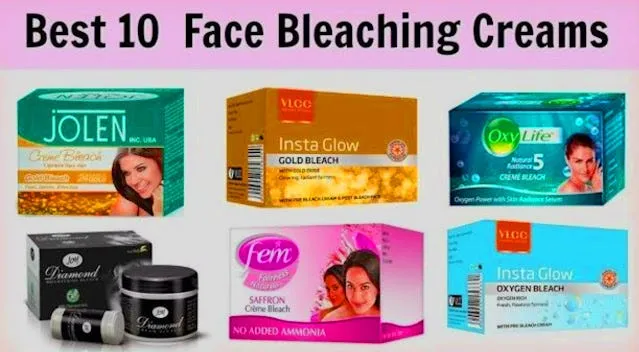
Cream 1 is a popular choice for its comprehensive approach to skin whitening. It combines multiple active ingredients known for their effectiveness in reducing pigmentation and promoting an even skin tone. This cream targets various causes of hyperpigmentation, making it suitable for a wide range of skin concerns. This cream is designed for daily use and should be incorporated into a consistent skincare routine for best results. The formulation often includes hydrating ingredients to counteract the dryness that some active ingredients can cause, ensuring the skin remains healthy and supple.
Key Ingredients
Key ingredients in Cream 1 usually include a combination of hydroquinone (in regulated concentrations), vitamin C, and retinoids. Hydroquinone helps to inhibit melanin production, vitamin C acts as an antioxidant and brightener, and retinoids promote skin cell turnover. The synergy of these ingredients ensures multiple pathways are addressed for improved skin whitening effects. Other supporting components often include hydrating agents such as hyaluronic acid and soothing ingredients to minimize irritation. Careful consideration of the concentration and formulation of each ingredient will help ensure the product’s effectiveness and reduce potential side effects.
Pros and Cons
Pros of Cream 1 include its effectiveness in reducing dark spots and hyperpigmentation, along with the incorporation of multiple active ingredients. Cons may include the potential for skin irritation, especially with hydroquinone and retinoids, and the need for consistent sun protection. Long-term use of hydroquinone requires careful monitoring. It’s crucial to follow the product instructions and consult with a dermatologist before use. Before committing to this cream, evaluate your skin’s sensitivity and any known allergies to its active ingredients.
Cream 2 Overview
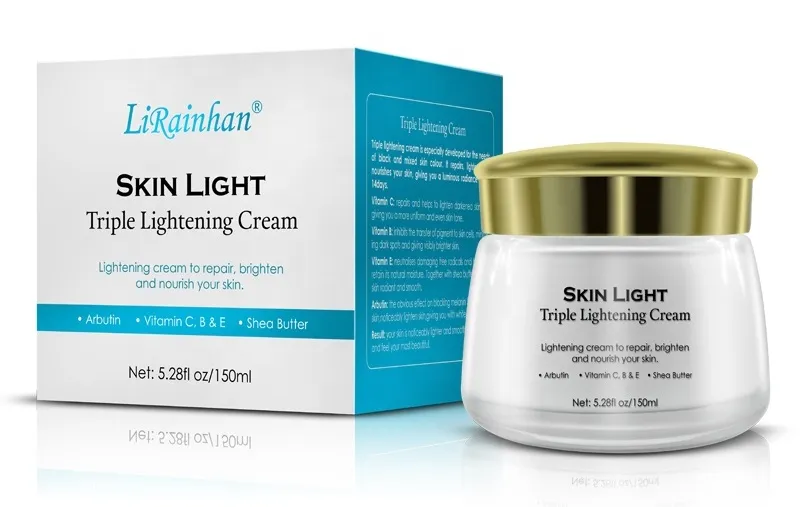
Cream 2 focuses on a gentle yet effective approach to skin whitening. It is formulated with ingredients known for their ability to brighten the skin without harsh chemicals. It is frequently chosen by individuals with sensitive skin or those who prefer a milder formulation. This cream incorporates ingredients that are less likely to cause irritation while still delivering noticeable results over time. It often includes ingredients that soothe and hydrate the skin, making it suitable for daily use. It is essential to combine it with other skincare practices, such as daily use of sunscreen.
Key Ingredients
Key ingredients in Cream 2 include vitamin C, niacinamide, and arbutin. Vitamin C provides antioxidant and brightening properties, niacinamide helps reduce hyperpigmentation and improve skin texture, and arbutin inhibits melanin production. The formulation may also include botanical extracts and humectants to hydrate and soothe the skin. The concentration of these ingredients is often lower compared to prescription-strength options, reducing the risk of irritation and making it suitable for sensitive skin. The synergistic effect of these ingredients enhances the skin whitening effect.
Pros and Cons
Pros of Cream 2 include its gentleness and suitability for sensitive skin, as well as its effectiveness in improving skin tone and reducing the appearance of dark spots. Cons may include slower results compared to creams with stronger active ingredients. It also might not be suitable for severe hyperpigmentation. Users must be patient and consistent with the application, along with sun protection. Before committing to this cream, assess your skin type to ensure it is suitable for the ingredients.
Cream 3 Overview
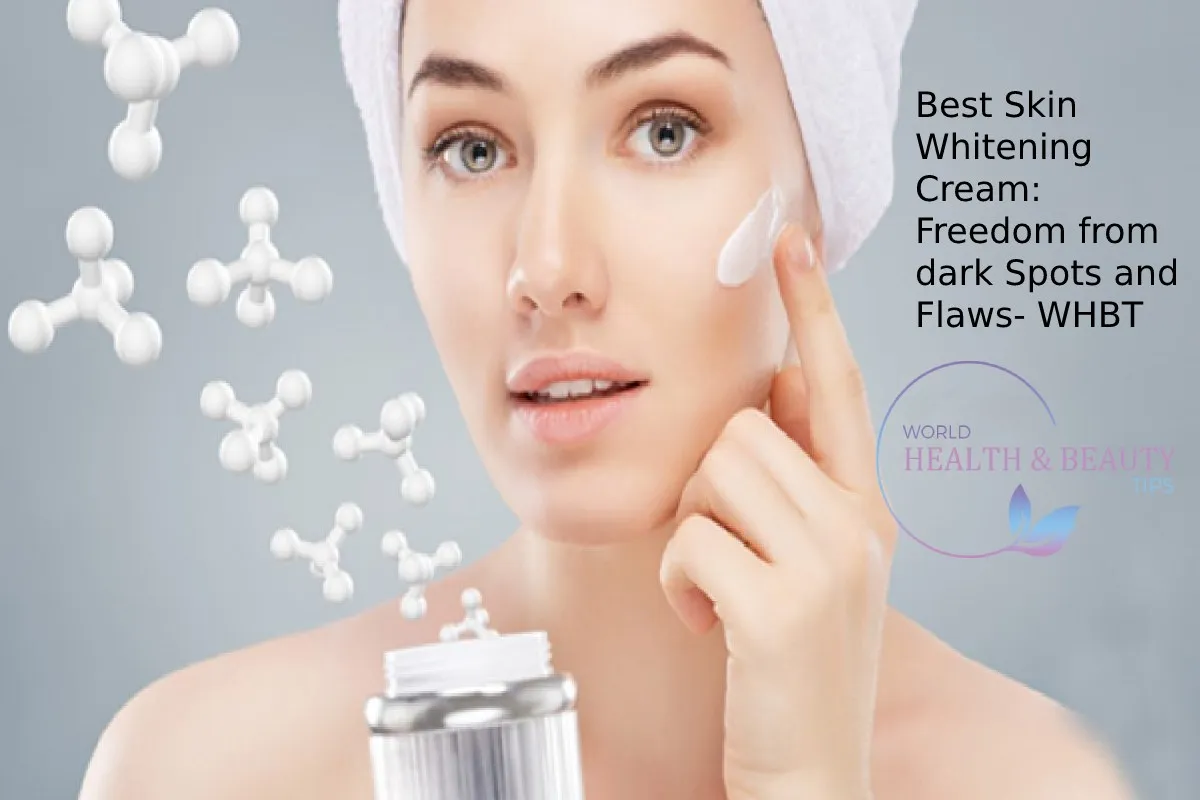
Cream 3 is designed to provide a comprehensive solution to uneven skin tone by using a combination of potent active ingredients. This cream is typically recommended for those who have moderate to severe hyperpigmentation and require more robust solutions. This formulation often includes a blend of ingredients that work synergistically to target various pathways that lead to skin discoloration. It typically contains antioxidants to help protect the skin from free radical damage. This helps to enhance overall results and improve skin texture. Regular and consistent application is essential for seeing the best results.
Key Ingredients
Cream 3 commonly contains hydroquinone, retinoids, and kojic acid. Hydroquinone inhibits melanin production, retinoids increase cell turnover, and kojic acid blocks the formation of pigment. The cream may also include other ingredients like licorice extract and azelaic acid. Carefully read the ingredient list, and consult with a dermatologist before using the cream to address potential side effects. The combined effect of these ingredients is intended to deliver rapid and effective skin whitening. These ingredients address different aspects of pigment production, thus ensuring complete skin whitening benefits.
Pros and Cons
Pros include the effectiveness in reducing significant hyperpigmentation and providing visible results quickly. Cons include the potential for irritation, redness, and sensitivity. Due to the strength of the ingredients, you need to seek guidance from a dermatologist or skincare specialist to ensure proper usage and reduce possible side effects. It’s important to use it as directed and closely monitor your skin for any adverse reactions. Prioritize consulting a dermatologist and evaluating skin sensitivity before use.
Cream 4 Overview
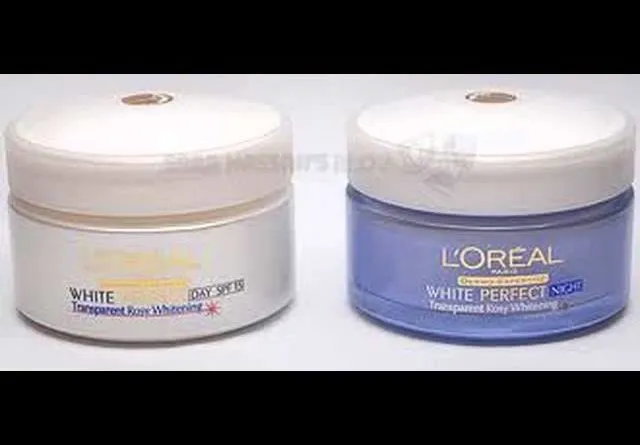
Cream 4 is designed specifically to address skin concerns related to sun damage and age spots. It contains ingredients that target hyperpigmentation caused by sun exposure and aging. This cream helps reduce the appearance of existing dark spots and prevents the formation of new ones. This makes it suitable for individuals who have noticed increased pigmentation. This is particularly true after periods of extensive sun exposure. The formulation also aims to improve the overall tone and texture of the skin, leading to a more youthful appearance. Regular usage is recommended along with sunscreen.
Key Ingredients
Key ingredients in Cream 4 often include vitamin C, niacinamide, and licorice extract, all known for their antioxidant and brightening properties. Vitamin C helps to protect the skin from free radical damage and helps reduce discoloration, niacinamide helps improve skin texture and tone, and licorice extract has anti-inflammatory properties. The cream may also include sun protection ingredients to prevent future sun damage. Carefully examine the ingredient list and ensure it is suitable for your skin type and sensitivities. It should provide adequate sun protection to enhance its benefits and shield your skin from sun damage.
Pros and Cons
Pros of Cream 4 include its effectiveness in addressing sun damage and age spots, as well as its ability to improve overall skin tone and texture. Cons may include the need for consistent sun protection and the possibility of mild irritation. Users should monitor their skin for sensitivity and discontinue use if irritation occurs. Before use, review the product to ensure it does not include ingredients that may trigger skin sensitivity. It is advisable to conduct a patch test to ensure the product is suitable for your skin type.
Cream 5 Overview
Cream 5 focuses on providing a natural approach to skin whitening. This cream is formulated with plant-based ingredients. It is designed for individuals who prefer a gentler, more holistic skincare approach. The cream utilizes natural extracts and compounds that are thought to promote skin brightening while being gentle on the skin. This makes it suitable for long-term use, with less risk of irritation. The aim is to create an even skin tone and a healthy complexion by harnessing the power of nature. Regularly applying this cream as directed, and consistent care is important for achieving the desired results.
Key Ingredients
Cream 5 primarily includes natural extracts, such as bearberry extract (arbutin), mulberry extract, and licorice extract. These ingredients work together to reduce melanin production and brighten the skin. The cream may also contain other plant extracts known for their antioxidant and anti-inflammatory properties. Make sure you check the ingredient list for potential allergens. This cream uses natural compounds to provide a more sustainable method of skin whitening, and it is designed to reduce the risk of irritation. It often uses the combined effect of the natural components.
Pros and Cons
Pros of Cream 5 include its gentleness and suitability for sensitive skin, as well as its focus on natural ingredients. Cons may include slower results compared to creams with stronger, synthetic ingredients. The effectiveness may vary depending on the individual and the severity of the skin concerns. It is still essential to use sun protection with this cream. This can increase the effectiveness of the cream. It is often preferred by people seeking a gentler approach to skin whitening.
Important Considerations and Warnings
While skin whitening creams can be beneficial, it’s essential to be aware of potential risks and take necessary precautions. Understanding the possible side effects, consulting a dermatologist, and setting realistic expectations are all crucial to a safe and effective skin-lightening journey. Always prioritize your skin’s health and consult professionals to avoid adverse reactions and get the best outcomes.
Potential Side Effects
The use of skin whitening creams may lead to various side effects. Some common side effects include skin irritation, redness, dryness, and peeling. More serious side effects, such as ochronosis, are rare but can occur with prolonged use of hydroquinone. Other potential issues are skin thinning, increased sensitivity to sunlight, and allergic reactions. Always perform a patch test before applying any new cream to your entire face. Watch for any signs of irritation, and discontinue use if necessary. Seek professional help in case you face any serious side effects. These side effects highlight the importance of cautious and informed use.
Consulting a Dermatologist
Before starting any skin whitening regimen, it’s highly recommended to consult a dermatologist. A dermatologist can assess your skin type, identify the underlying causes of your skin concerns, and recommend the most appropriate treatment. They can guide you on the correct use of creams, monitor for any adverse reactions, and adjust the treatment plan as needed. Consulting a dermatologist ensures a personalized approach to skincare. You also minimize the risk of side effects. Seeking expert advice is essential for achieving safe and effective results. They can also help manage any adverse reactions and adjust treatment.
Realistic Expectations
It’s essential to have realistic expectations when using skin whitening creams. Results vary depending on the individual, the product, and the severity of the skin concerns. Skin whitening is often a gradual process. The changes may not be immediately visible. Patience and consistency are key. Combining the use of the cream with a good skincare routine, including sun protection, will enhance the results. Being patient and understanding the process are important for successful outcomes. You should be realistic about the outcomes. By having realistic expectations, you are more likely to achieve the desired outcome and be satisfied with the results.
In conclusion, choosing the best skin whitening cream involves careful consideration of your skin type, ingredients, and potential risks. By understanding how these creams work, researching the top picks, and consulting with a dermatologist, you can make an informed decision and achieve your desired results safely and effectively. Remember to prioritize your skin’s health, use sun protection, and have realistic expectations for a successful skin whitening journey.
